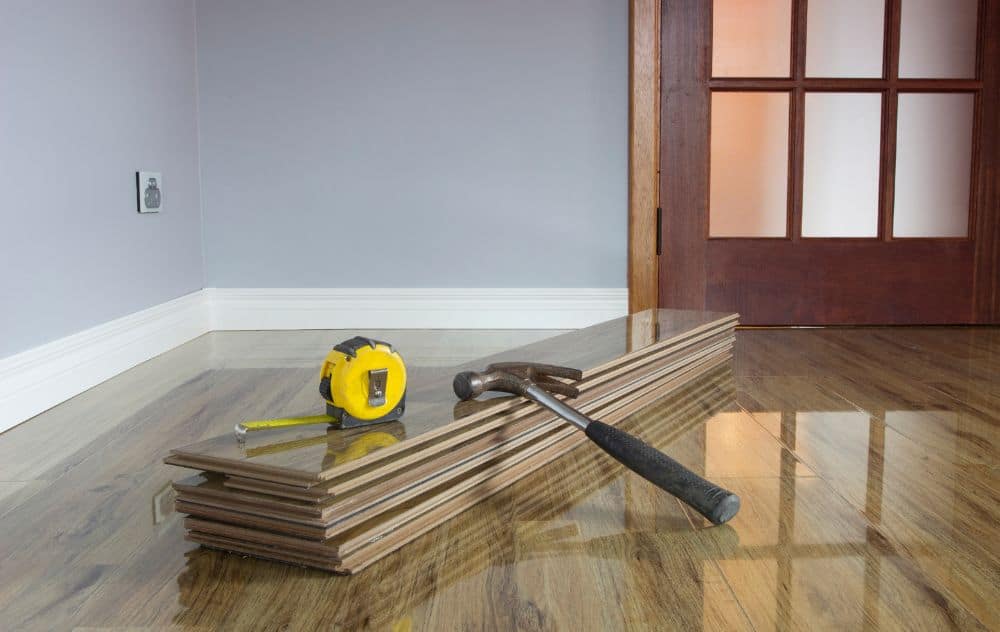This article discusses how to fix a sagging floor in a mobile home. It explains that the most common cause of a sagging floor is a broken joist or beam and provides instructions for repairing the problem.
2. Use a saw to trim the sagging floorboards.
3. Replace the floorboards with new boards.
4. Nail the new floorboards into place.
5. Use a level to make sure the floor is level.
6. Apply a layer of sealant to the new floorboards.
Contents
What Is a Sagging Floor?
A sagging floor in a mobile home is a serious issue that should be addressed as soon as possible. When a floor begins to sag, it can cause a number of problems, including structural damage to the home. In some cases, a saggy floor can even be a safety hazard.
What Causes a Sagging Floor in a Mobile Home?
There are a few things that can cause a floor to sag in a mobile home. One of the most common causes is a lack of support underneath the home. This can be caused by a number of things, including a weak foundation, a broken or missing support beam, or improperly installed skirting.
Another common cause of floor sag is water damage. When water seeps into the home, it can weaken the floorboards and cause them to sag. This can be a particular problem in mobile homes, which are often not as well-sealed as traditional homes.
How to Repair Mobile Home Floor: Step by Step Guide
This article is for you if you’re looking for a guide on how to repair a mobile home floor. Mobile homes are prone to wear and tear, and flooring is no exception. Over time, your flooring can become stained, cracked, or even completely damaged. Thankfully, you can take a few easy steps to repair your flooring and make it look new again.
Step 1. Locate the source of the sag
The first thing you should do is inspect the floor joists. If they are severely damaged or rotting, this may be the source of the sag. If this is the case, you will need to repair or replace the joists in order to fix the problem.
If the floor joists are in good condition, you may need to look at the foundation of your home. If the foundation is cracked or settling, this may cause the floor to sag. In this case, you will need to have the foundation repaired in order to fix the problem.
If you have inspected the floor joists and the foundation and they are both in good condition, the sag may be caused by something else. In this case, you will need to have a professional inspect the home to determine the source of the sag.
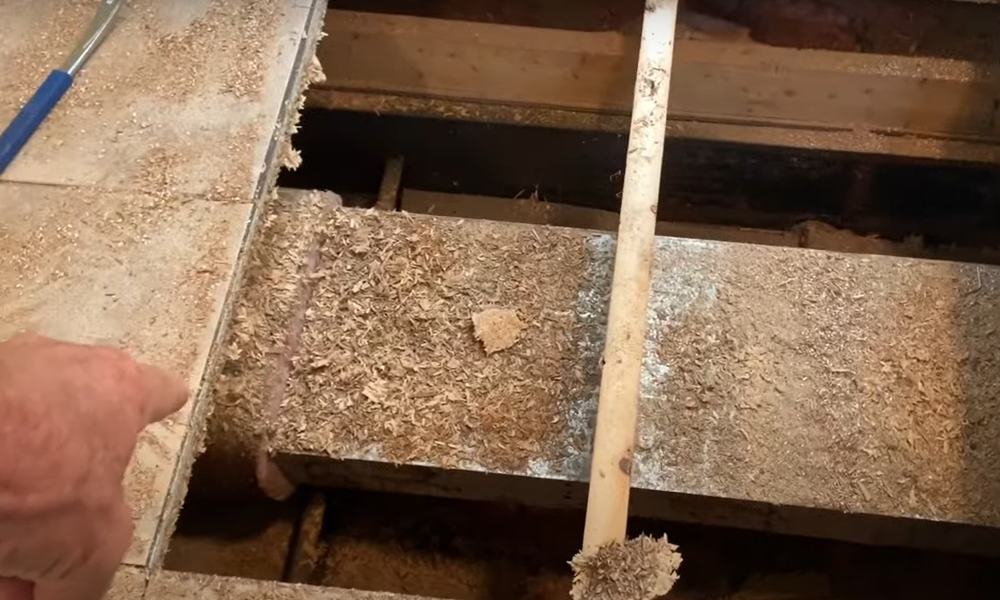
Step 2. Pry up the flooring around the sag
First, you will need to remove the baseboards and any other trim around the floor. Then, you will need to cut through the damaged boards with a saw. Once the boards are cut, you can remove them and replace them with new boards.

Step 3. Insert a support beam under the sag
The support beam should be installed perpendicular to the deflection and should be of sufficient size to resist the deflection.
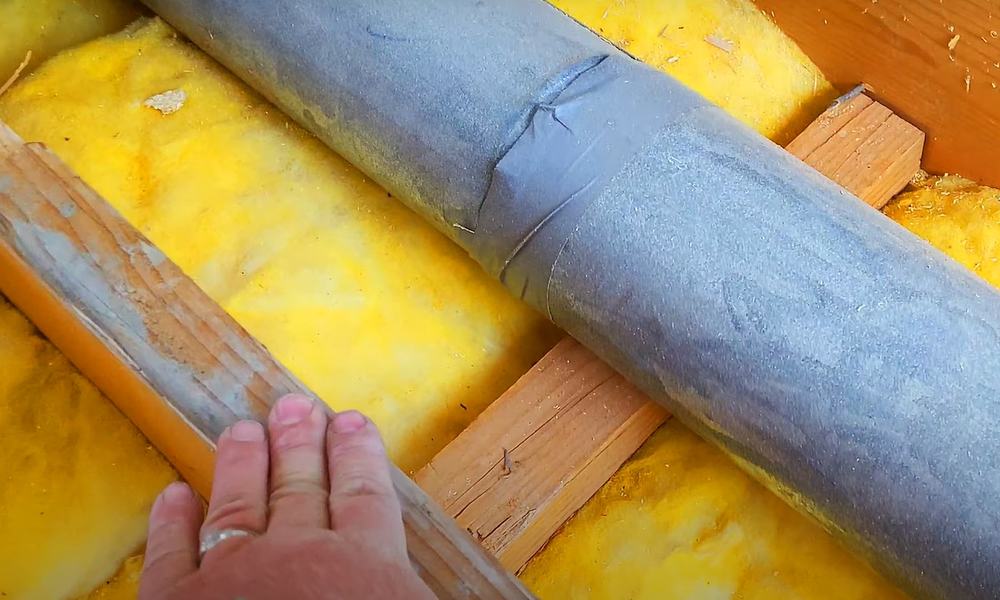
Step 4. Secure the support beam in place
The support beam can be installed by drilling holes through the beam and then bolting the support beam in place.
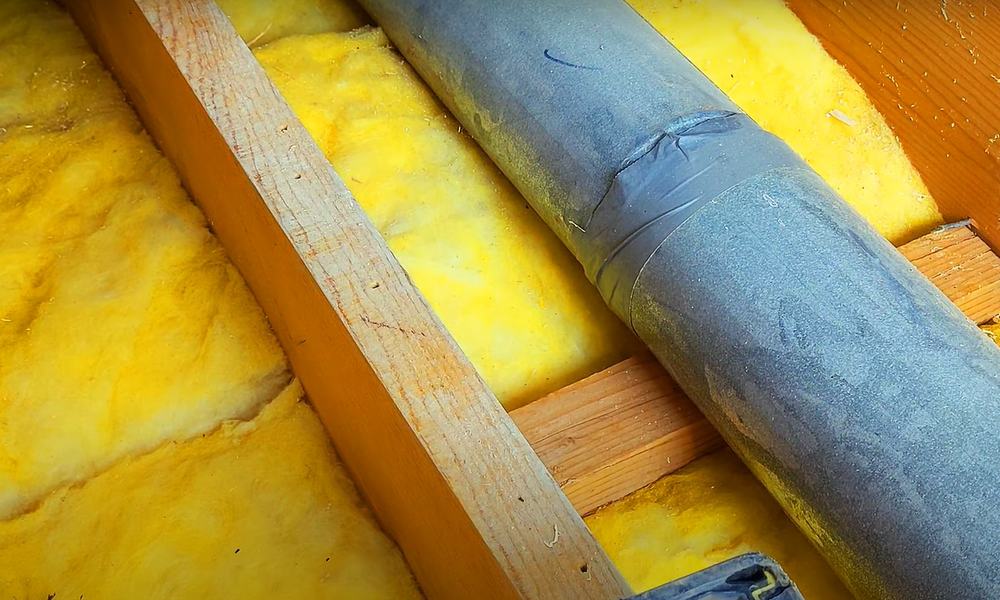
Step 5. Repave the flooring
- Start in one corner and work your way across the room. Make sure the seams are aligned properly.
- Apply adhesive to the subfloor. Use a trowel to spread the adhesive evenly.
- Install the new flooring. Press the flooring down firmly to make sure it sticks to the adhesive.
- Allow the adhesive to dry. This can take anywhere from 12 to 24 hours.
- Seal the seams. Use a caulking gun to apply a sealant to the seams.
- Allow the sealant to dry. This can take a few hours.
Maybe you would be interested: How to Fix Soft Spots in Mobile Home Floor
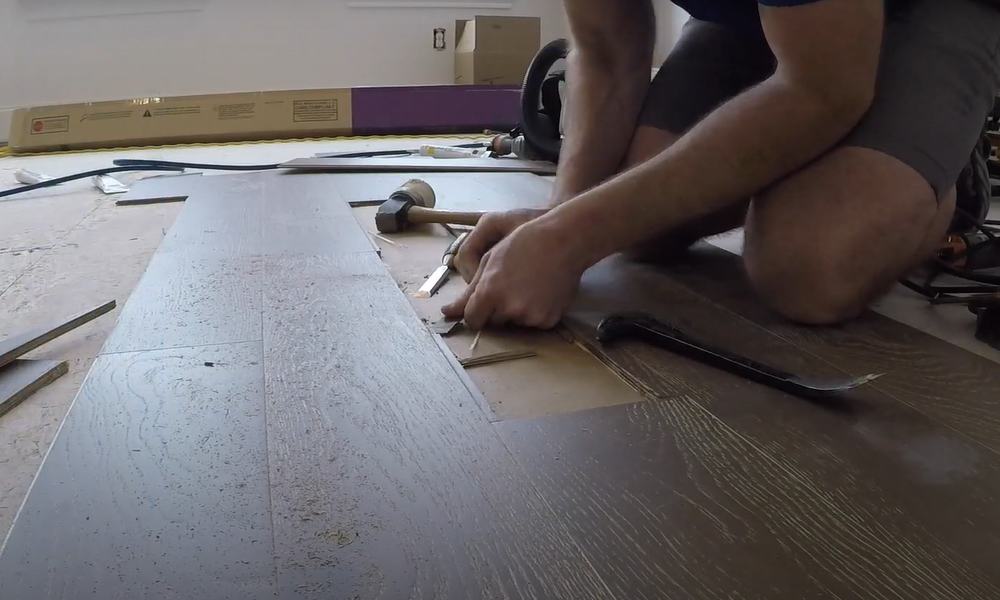
FAQ
How long do floors last in a mobile home?
Floors in a mobile home can last for many years with proper care and maintenance. However, like all flooring materials, they will eventually need to be replaced.
How do you reinforce a sagging floor?
There are a few ways to fixing the sagging floor, depending on the cause of the sag. If the hang is due to a structural issue, such as a beam or joist that has become weak or damaged, it will need to be repaired or replaced. If the sag is due to the settling of the foundation, shimming or jacking may be necessary to level the floor. If the hang is due to a soft spot in the subfloor, additional support may be needed, such as a piece of plywood or a leveling compound.
Can sagging floors be fixed?
Yes, but not easily. Depending on the age, condition, and cost of the home, it may be more practical to tear out the entire floor, then replace it with a new one. This is the best way to solve the problem and repair the floor.
Exactly how much droop on the floor is considered acceptable?
There is no definitive answer to this question, as it will vary depending on the type of flooring, the age of the mobile home, and the amount of traffic the floor experiences. However, any sag or droop in the floor should be investigated to determine the cause and to prevent further damage.
Conclusion
In this article, you learned how to level a sagging floor. From the above discussion, we can conclude that a sagging floor in a mobile home can be fixed by taking a few easy steps. First, you will need to assess the damage to your flooring and determine the extent of the repair needed. Once you have gathered the necessary materials, you can begin repairing the floor by following the instructions in this article.
Write in the comments how it went with leveling a sagging floor. I’m interested in your story.
